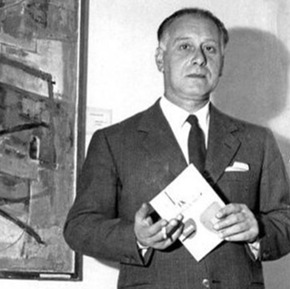
Renato Birolli
Renato Birolli was an Italian painter known for his expressionistic, figurative works that explored the human condition.
Birolli began his artistic studies at the Academy of Fine Arts in Venice, where he was influenced by the works of artists such as Tintoretto and Tiepolo. He initially worked in a realist style, painting landscapes and portraits, but soon became interested in the emerging movements of Expressionism and Futurism.
In the 1930s, Birolli became associated with the Scuola di Bergamo, a group of artists who sought to create works that were both figurative and expressive. His paintings from this period often featured dark, moody colors and bold, gestural brushstrokes.
During World War II, Birolli served in the Italian army and was taken prisoner by the Germans. He spent two years in a prison camp, an experience that deeply affected him and influenced his later works. After the war, he continued to explore the themes of suffering, isolation, and human vulnerability in his paintings.
Birolli's works were exhibited widely in Italy and abroad, and he received many awards and honors during his lifetime. He was also a respected teacher, and his students included the Italian painter Francesco De Grandi.
Birolli died on June 3, 1959, at the age of 53. Today, he is remembered as one of the leading figures in the development of Italian postwar art, and his works continue to be celebrated for their emotional depth and expressive power.
Years:
Born in 1905
Country:
Italy, Verona